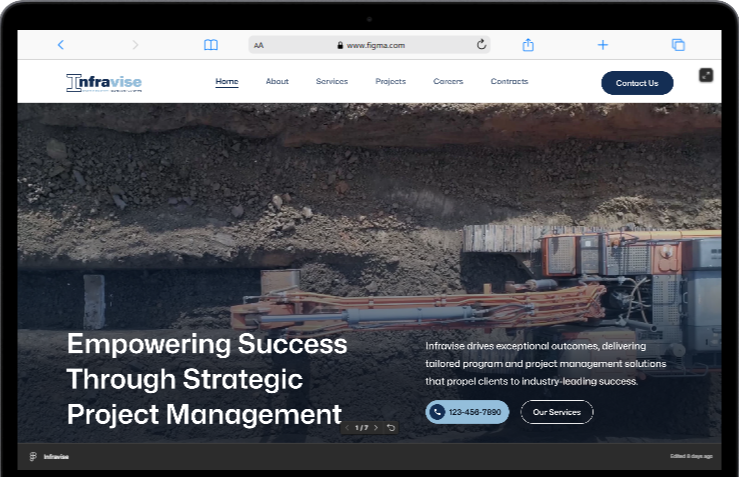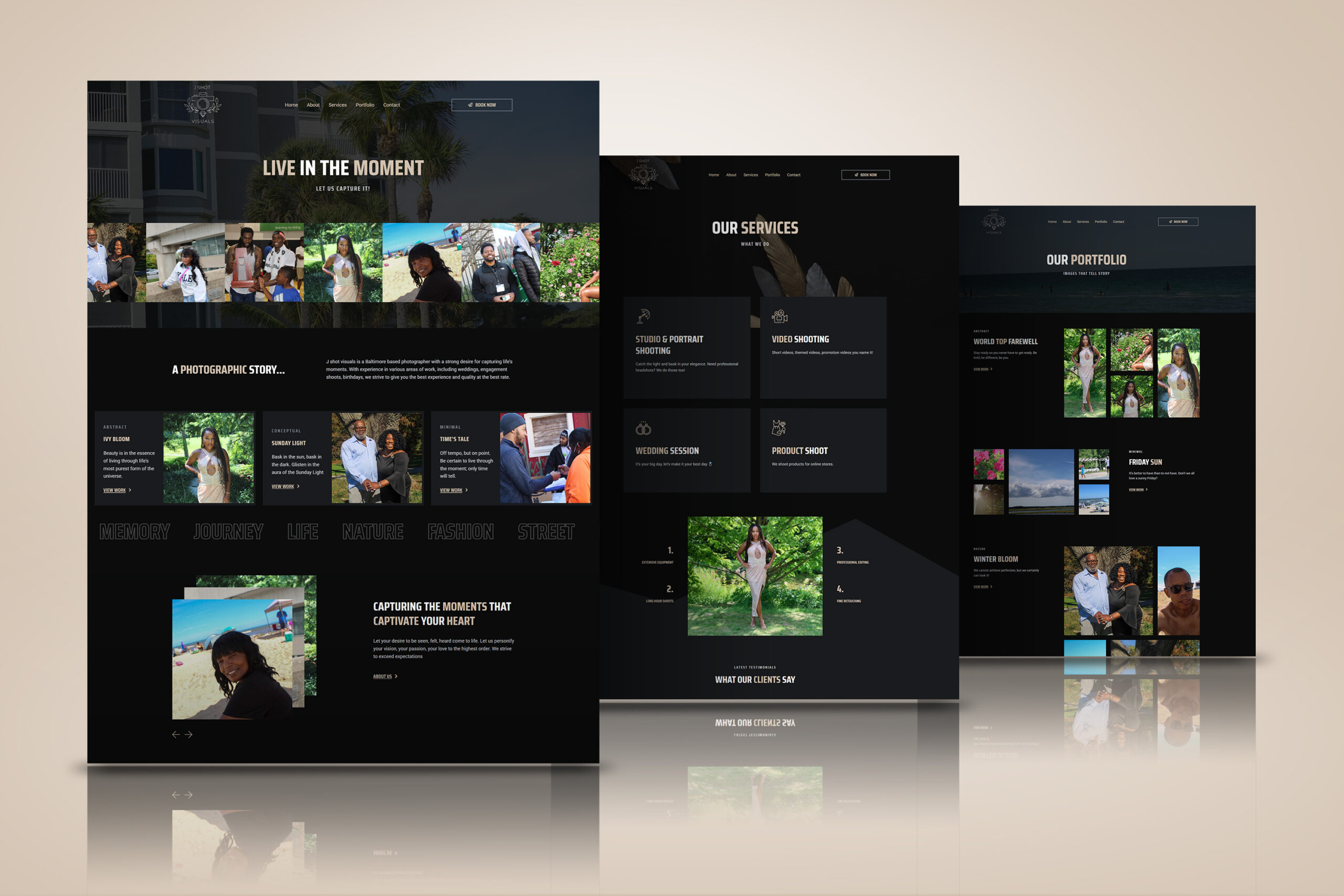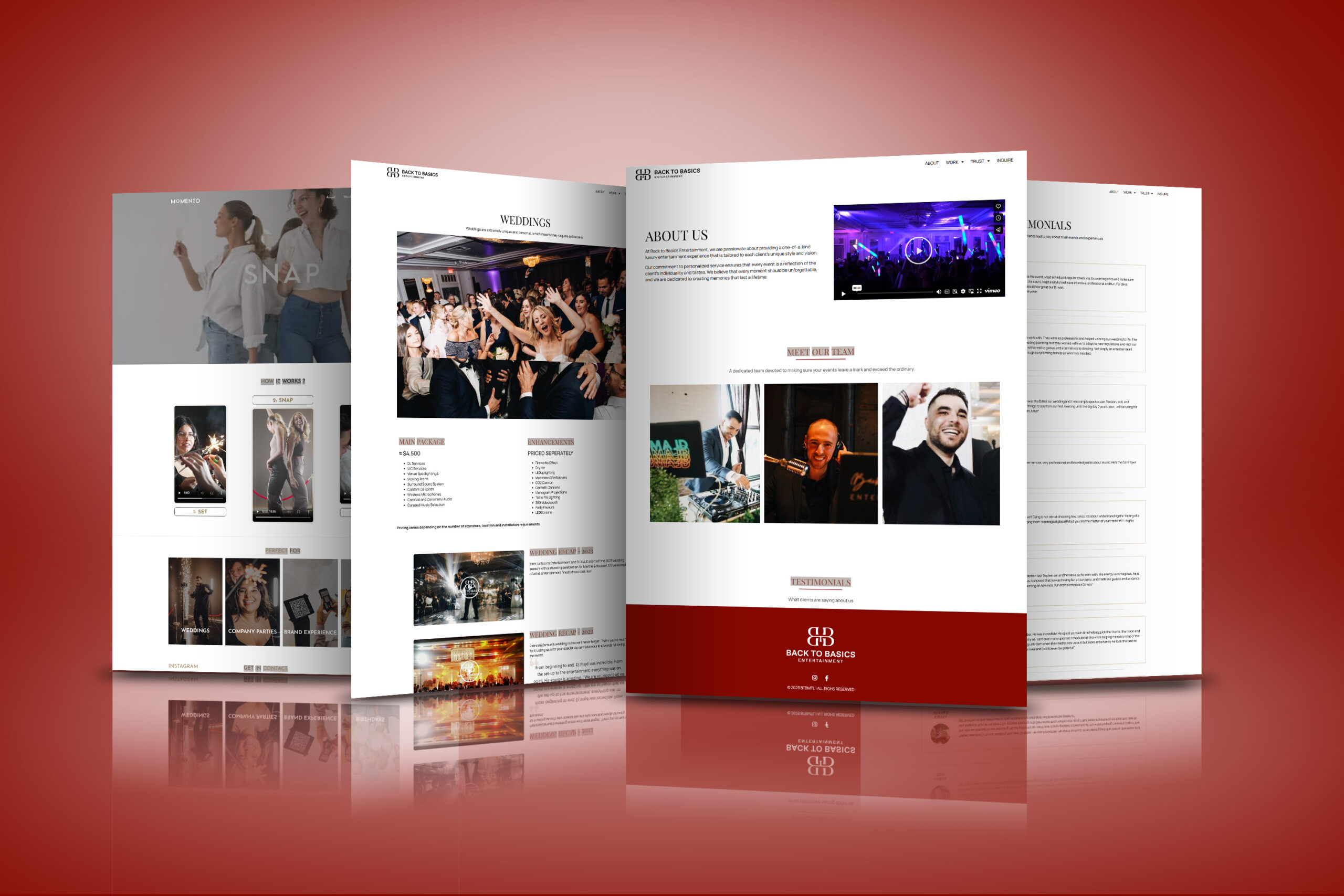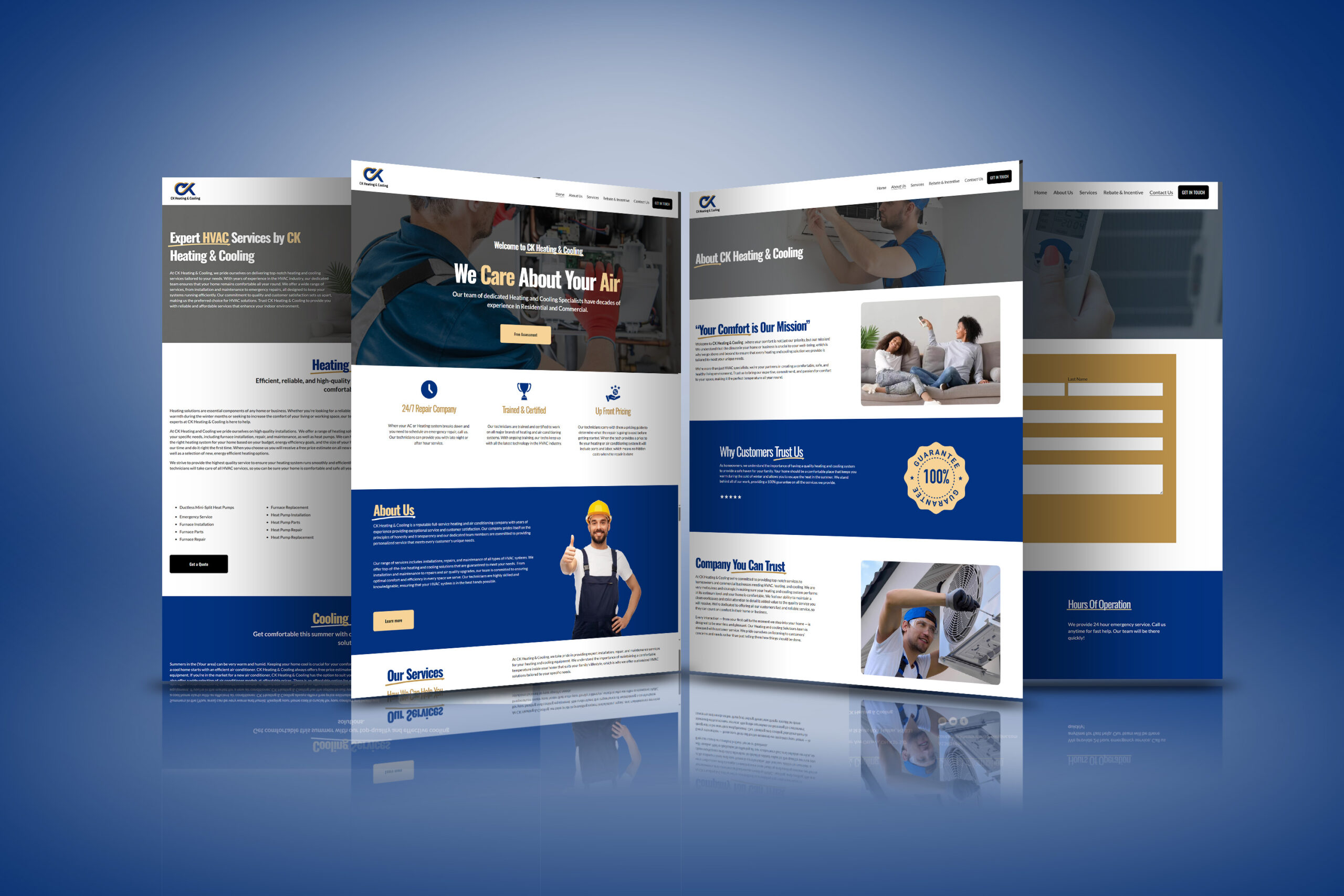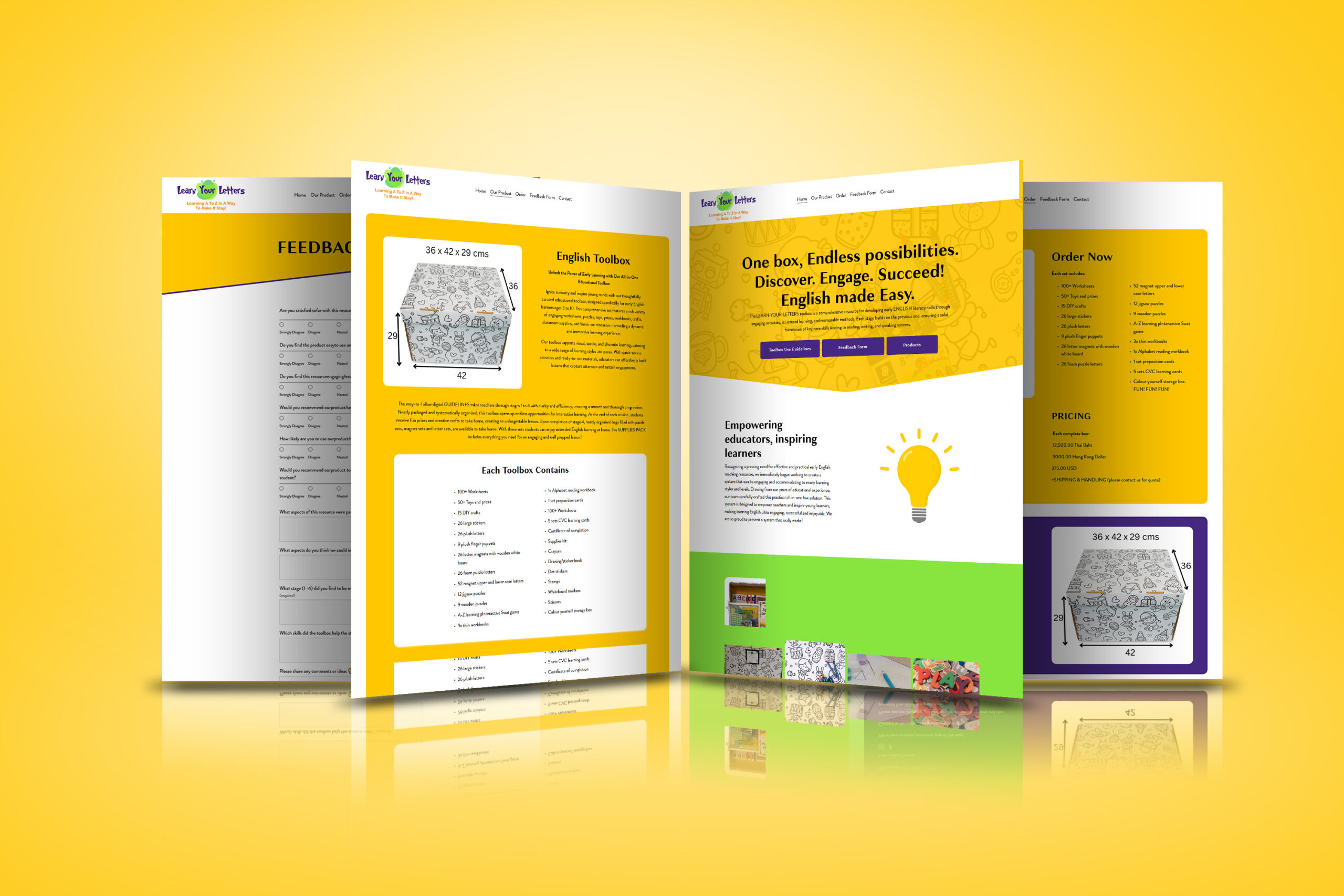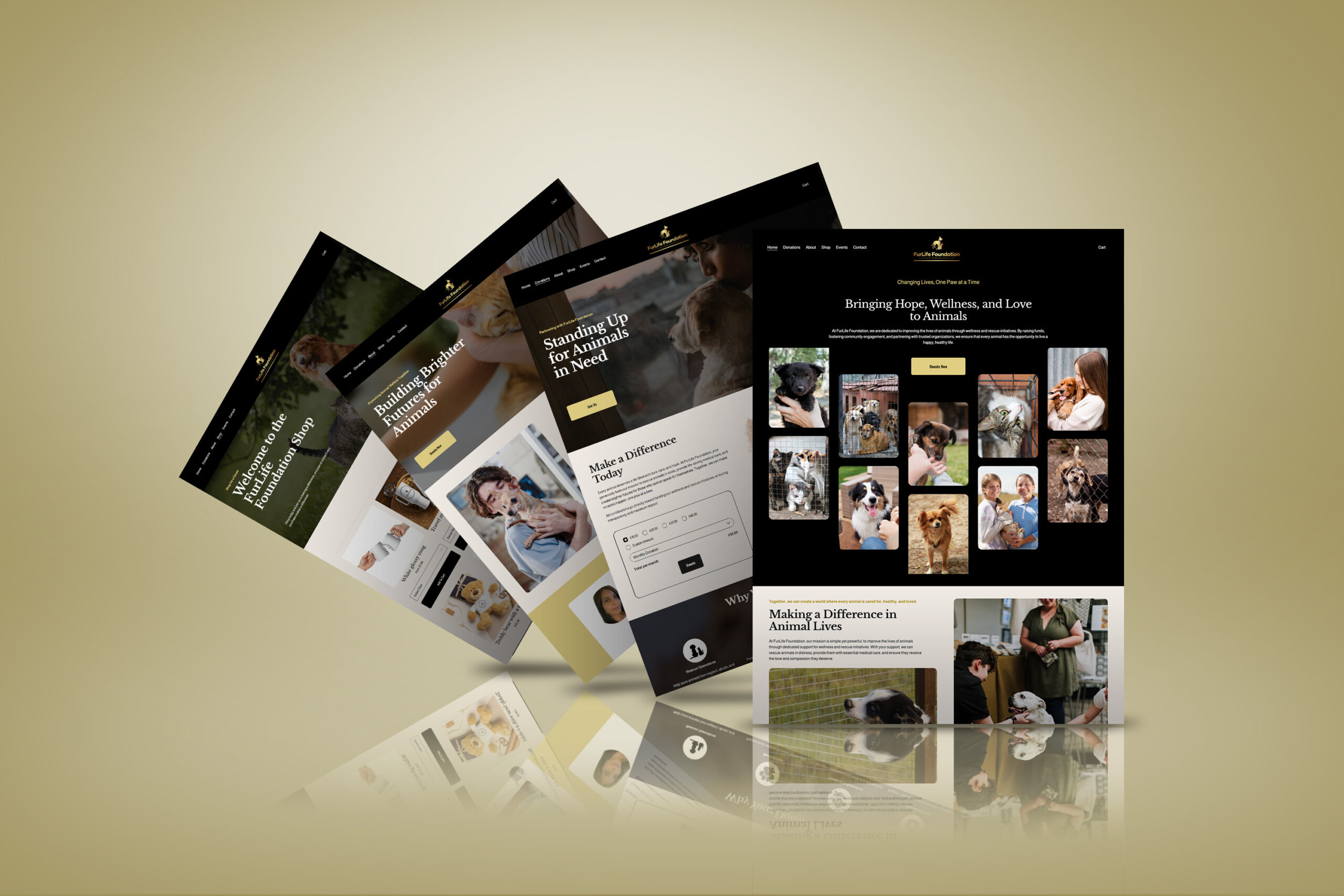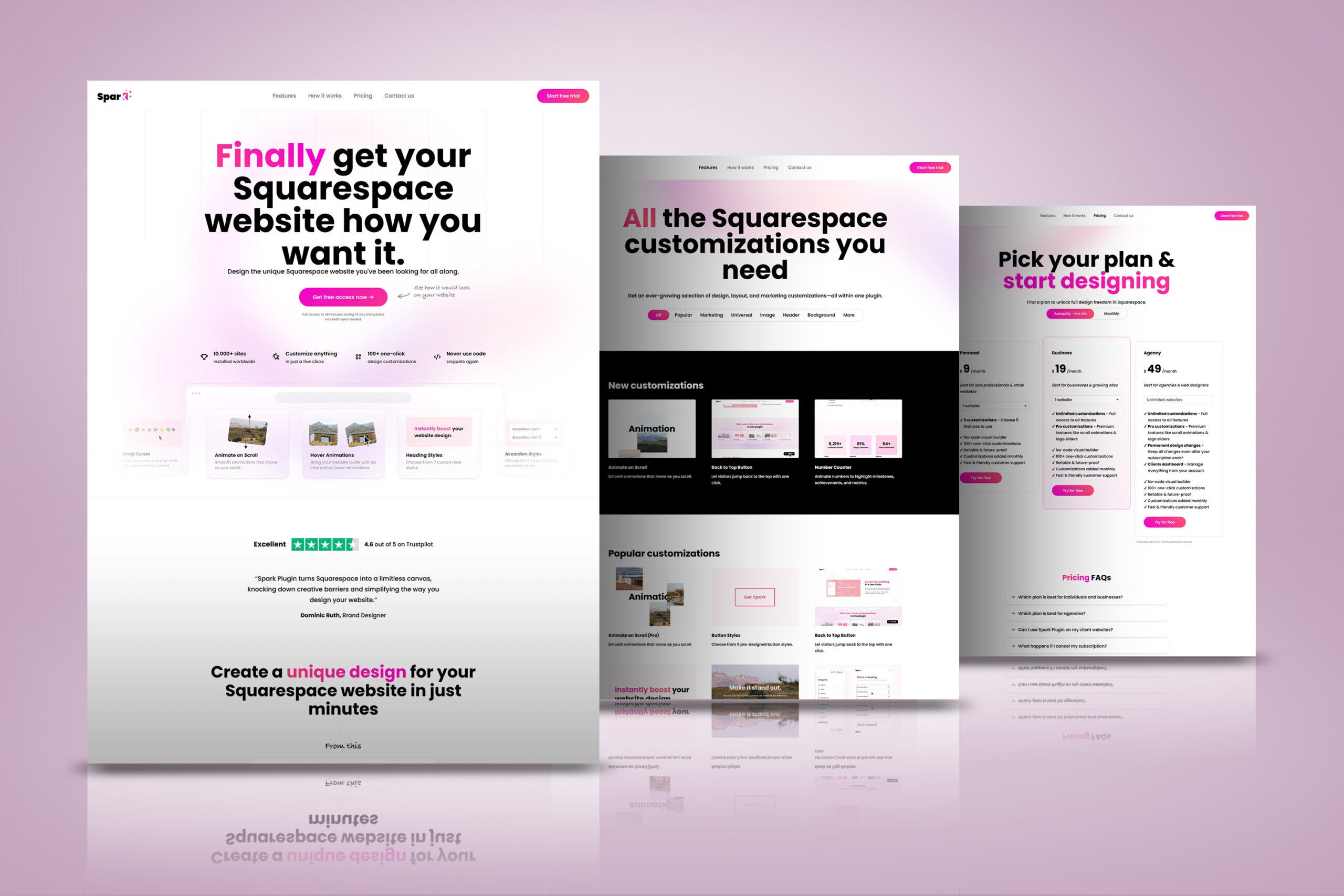Introduction
User experience (UX) and personalization have become the pillars of effective digital strategies. As competition increases, businesses are leveraging modern CMS platforms to deliver dynamic, tailored experiences. In this guide, we’ll explore how personalization and UX enhancements in CMS are shaping the future of web engagement.
1. The Importance of Personalization in CMS
🔹 What is Personalization in CMS?
Personalization in CMS refers to the ability to deliver customized content based on user data, behaviors, and preferences. Instead of a one-size-fits-all approach, websites can display targeted content that resonates with specific audiences.
🔹 Why It Matters
- Higher engagement: Visitors stay longer when content is relevant.
- Improved conversions: Personalized experiences boost sales and sign-ups.
- Better retention: Returning users get content tailored to their needs.
- SEO benefits: Engaged users reduce bounce rates, improving rankings.
🔹 Examples of Personalization in CMS
✅ Dynamic Content: Display different banners based on user demographics.
✅ Behavioral Targeting: Show related articles based on past interactions.
✅ AI-Based Recommendations: Suggest products or blogs using machine learning.
✅ Geo-Based Personalization: Tailor content based on user location.
2. Enhancing User Experience (UX) in CMS
🔹 What Defines a Great UX in CMS?
A CMS with strong UX capabilities ensures visitors can navigate, interact, and consume content seamlessly.
🔹 Key UX Enhancements in Modern CMS
✔ Speed Optimization: Fast-loading websites prevent user frustration.
✔ Mobile-First Design: Ensures seamless viewing on all devices.
✔ Intuitive Navigation: Simple menus enhance usability.
✔ Accessibility Features: Compliance with WCAG ensures inclusivity.
✔ AI-Powered Search: Smart search improves content discovery.
🔹 CMS Features That Improve UX
📌 Headless CMS: Separates content from presentation, enabling flexibility.
📌 Real-Time Content Updates: Ensures fresh and relevant information.
📌 Interactive UI Elements: Enhances engagement through quizzes, polls, and animations.
📌 Voice Search Compatibility: Future-proofs accessibility and searchability.
3. Best CMS Platforms for Personalization and UX in 2025
| CMS Platform | Personalization Features | UX Enhancements |
|---|---|---|
| WordPress | AI-based content suggestions, personalization plugins | Mobile-friendly themes, SEO tools |
| Webflow | Custom animations, dynamic CMS collections | No-code design, smooth interactions |
| Contentful (Headless) | API-driven content delivery, omnichannel personalization | Fast, lightweight, developer-friendly |
| Drupal | Advanced user roles, dynamic content targeting | Enterprise-grade UX and accessibility tools |
| HubSpot CMS | Smart content based on user behavior | Built-in CRM for personalization |
4. Implementing Personalization and UX in Your CMS
🔹 Steps to Enhance Personalization
- Gather Data: Use analytics and user tracking tools.
- Segment Your Audience: Group users based on interests and behaviors.
- Use AI & Machine Learning: Automate recommendations.
- Implement A/B Testing: Test different personalized experiences.
- Optimize for Speed: Ensure minimal loading times for all content.
🔹 Steps to Improve UX
- Adopt a Mobile-First Approach: Prioritize mobile responsiveness.
- Ensure Seamless Navigation: Make menus and buttons intuitive.
- Improve Page Speed: Use caching, image compression, and CDNs.
- Enable Accessibility Features: Support screen readers and keyboard navigation.
- Monitor User Behavior: Adjust UX elements based on real-time feedback.
Conclusion
Personalization and UX are no longer optional; they’re essential for success in 2025. A modern CMS should offer AI-driven personalization, seamless user interactions, and omnichannel content delivery to ensure high engagement and conversions. Whether you’re using WordPress, Webflow, or a headless CMS like Contentful, implementing these strategies will keep your audience engaged and loyal.
🚀 Ready to optimize your CMS? Ali DevSolutions can help! Contact us today!



